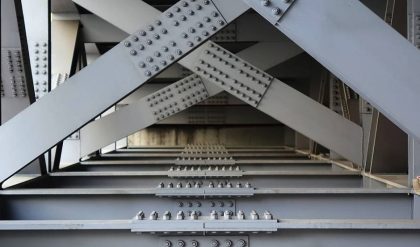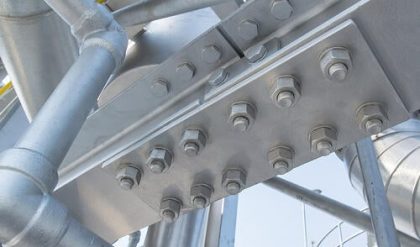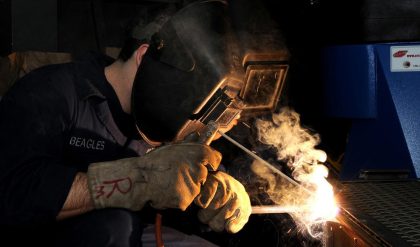The following are the advantages of welded joints.
· Due to the absence of gusset plates and other connecters, the welds are usually lighter.
· Welding process is quicker as it requires no drilling of holes.
· Welding is more adaptable than other types of connections and can even be used in circular pipes.
· 100% efficiency can be achieved in welding where as the connection such as bolts can have a maximum efficiency of 70 – 80%.
· Noise produced during the welding process is relatively less.
§ Welds usually have good aesthetic appearance.
· Welded joints are air tight and water tight and can be used for water tanks and gas tanks.
· Welded joints are rigid.
· Mismatch of holes will never happen in welded connection.
· Alternation of joints can easily be made in the case of welded connecetions.
However the welded connection is having the following disadvantages.
§ Due to the uneven heating and cooling, members are likely to distort in the process of welding.
§ Possibility of brittle fracture is more in the case of welded connections.
§ Welded connections are more prone to failure due to fatigue stresses.
§ The inspection of welded joints is difficult and expensive. It can only be done by employing NDT.
§ Highly skilled persons are required for welding.
§ Proper welding in field conditions is difficult.
§ Welded joints are over rigid.



